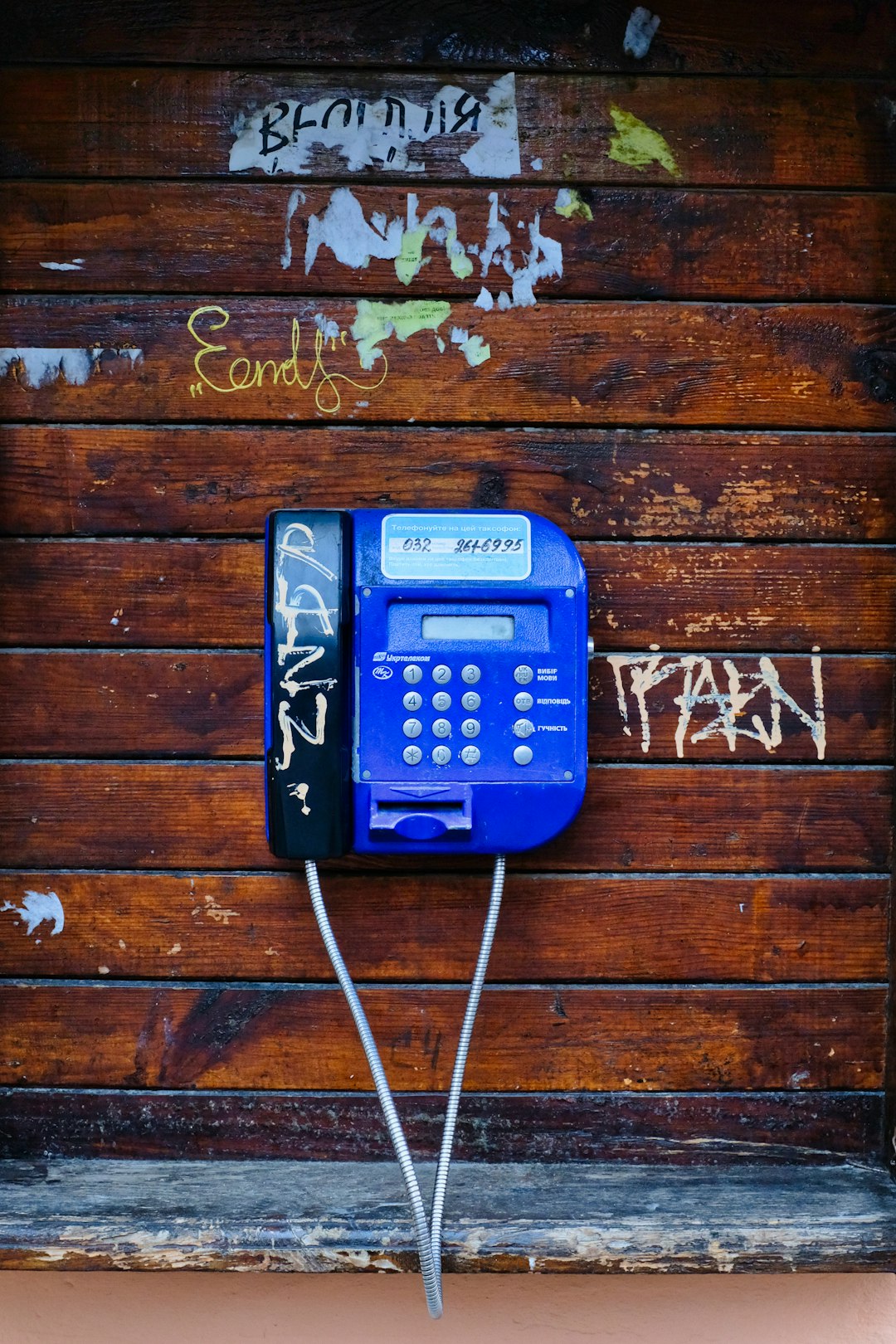South Dakota's "Do Not Text" laws ban drivers from using or reading text messages while driving, aiming to reduce distracted driving accidents. Enforced by local police through targeted patrols, device detection, and report responses, these laws have significantly lowered accident rates caused by driver distraction. However, challenges remain due to the subtle nature of texting violations and evolving technology. To continue improving road safety, South Dakota should focus on public awareness campaigns targeting younger drivers, advanced detection tools, regular law updates, and educational programs emphasizing the dangers of texting while driving.
South Dakota’s “Do Not Text” laws aim to enhance road safety by prohibiting drivers from sending or reading texts while behind the wheel. This article delves into the state’s enforcement of these laws, exploring strategies, challenges, and their impact on public awareness. We analyze current practices, dissecting both successes and areas for improvement, and discuss future developments in texting ban regulations. Understanding South Dakota’s Do Not Text Laws is crucial in navigating and enhancing road safety measures.
Understanding South Dakota's Do Not Text Laws

South Dakota’s “Do Not Text” laws are designed to promote safe driving by preventing distracted behavior behind the wheel. These laws prohibit drivers from sending or reading text messages while operating a vehicle. The primary focus is on text messaging, but the rules also extend to using mobile devices for activities that require visual or manual attention away from the road.
Understanding these laws is crucial for South Dakota residents and visitors alike. Violations can result in fines and penalties, with penalties increasing for repeat offenders. Enforcement efforts by local police departments aim to deter texting while driving, ensuring the safety of all road users.
Enforcement Strategies and Challenges

South Dakota’s enforcement of Do Not Text laws involves a combination of proactive and reactive strategies. Police officers often conduct targeted patrols in areas known for high traffic and accidents, using devices to detect hand-held devices while driving. They also respond to reports of distracted driving and receive training on recognizing behaviors indicative of texting while behind the wheel.
One challenge is the subtle nature of violating these laws—texting can be discreet—which makes detection difficult. Additionally, with evolving technology, enforcement officers must stay updated on new methods used to evade detection, such as voice-to-text apps and hands-free devices. Despite these challenges, South Dakota’s consistent effort in promoting and enforcing Do Not Text laws is crucial in reducing accidents and saving lives.
Impact on Road Safety and Public Awareness

The enforcement of texting bans in South Dakota has had a significant impact on road safety, leading to a decrease in accidents caused by driver distraction. The Do Not Text Laws have been instrumental in raising public awareness about the dangers of sending or reading texts while driving. By increasing penalties and fines for violators, the state has sent a clear message that texting behind the wheel is not only irresponsible but also illegal.
This enforcement has not only deterred many drivers from engaging in this behavior but has also encouraged a cultural shift towards safer driving habits. Public awareness campaigns, often facilitated by local law enforcement agencies, have helped educate residents about the consequences of texting and driving, fostering a sense of shared responsibility for road safety.
Future Developments and Potential Improvements

The enforcement of texting bans in South Dakota has shown positive results, but there’s always room for improvement. As technology advances and our reliance on mobile devices increases, it’s crucial to adapt laws and strategies. Future developments could include enhancing public awareness campaigns to reach a broader audience, especially younger drivers who are more likely to text while driving. Implementing more sophisticated enforcement methods, such as advanced technology to detect and monitor distracted drivers, might be the next step.
Additionally, reviewing and updating Do Not Text Laws in South Dakota regularly could ensure their effectiveness. Incorporating feedback from law enforcement, safety advocates, and impacted communities can lead to more precise regulations. Potential improvements may also involve providing more resources for educational programs that highlight the dangers of texting and driving, fostering a culture of responsible mobile phone usage on our roads.






